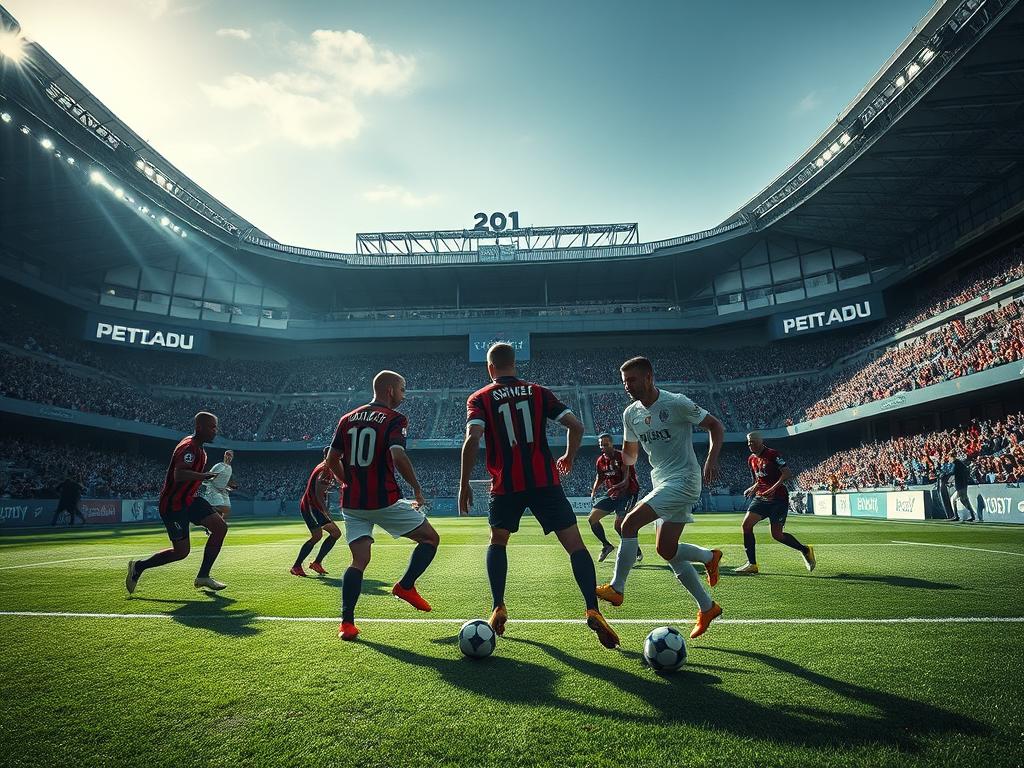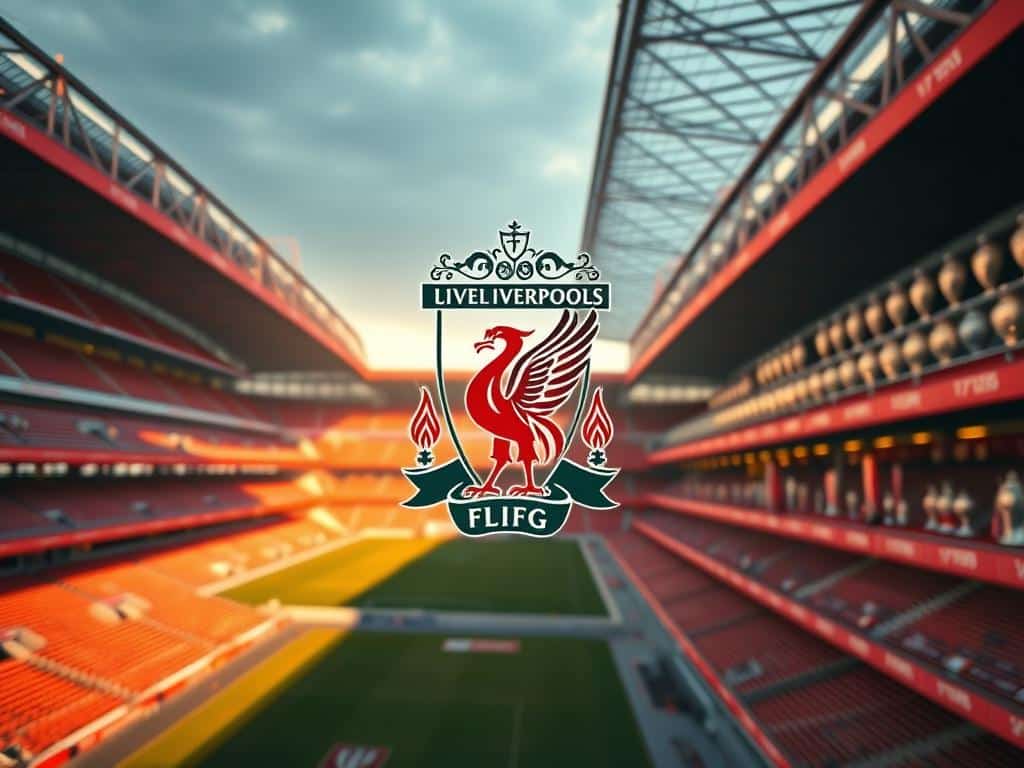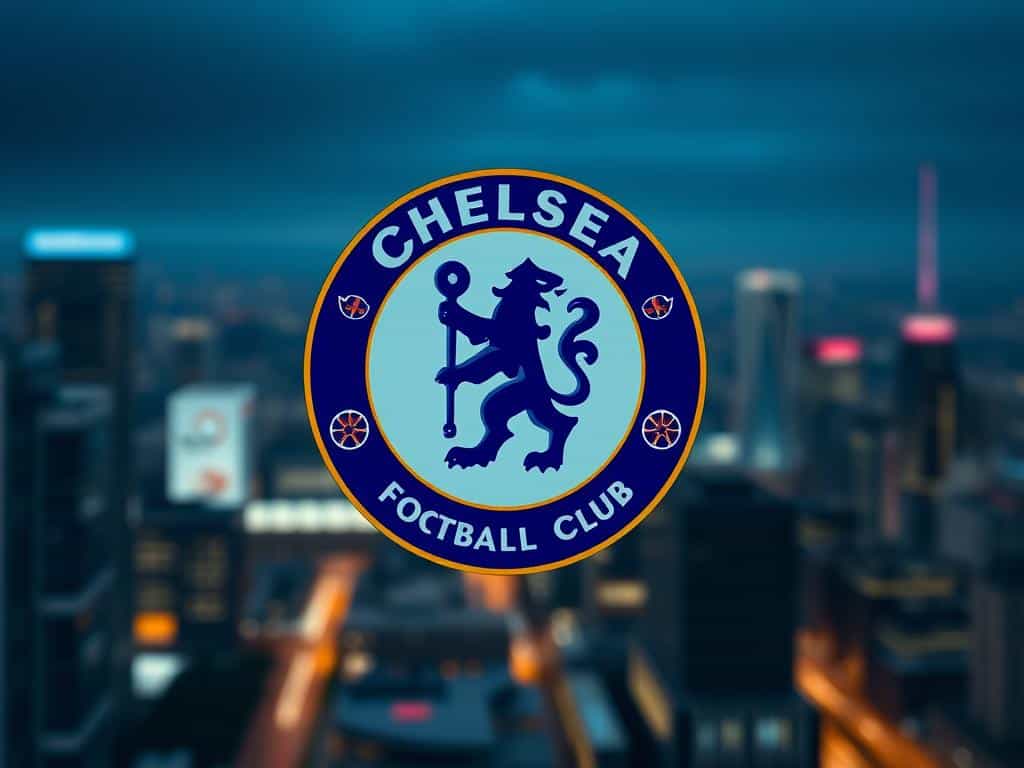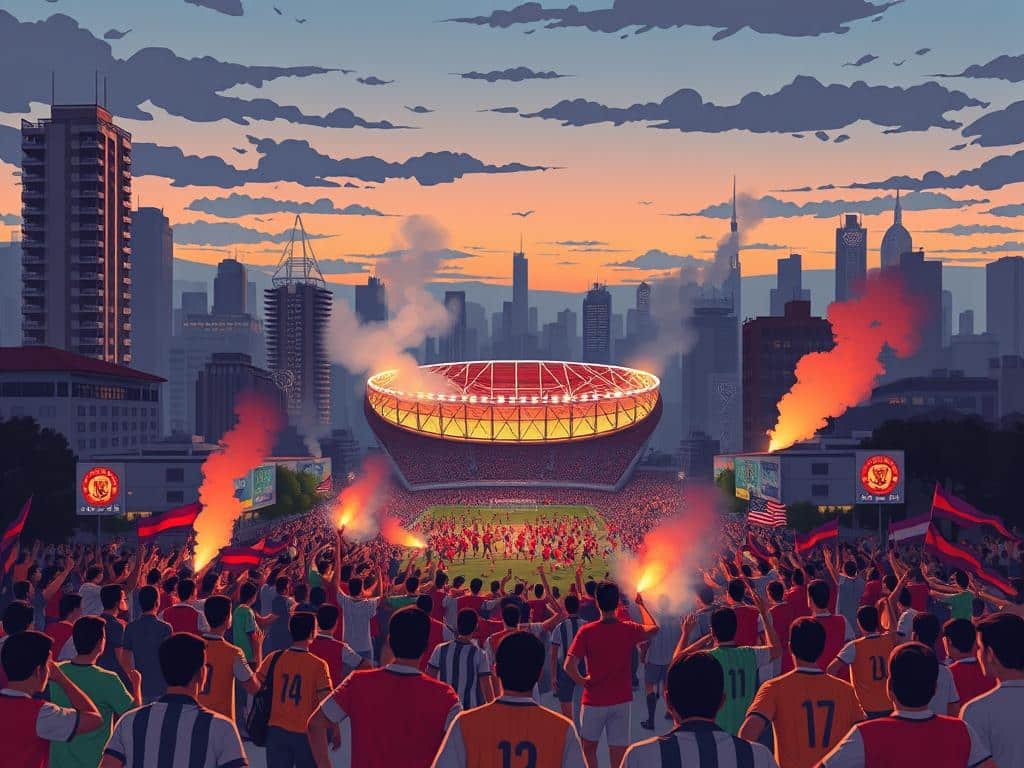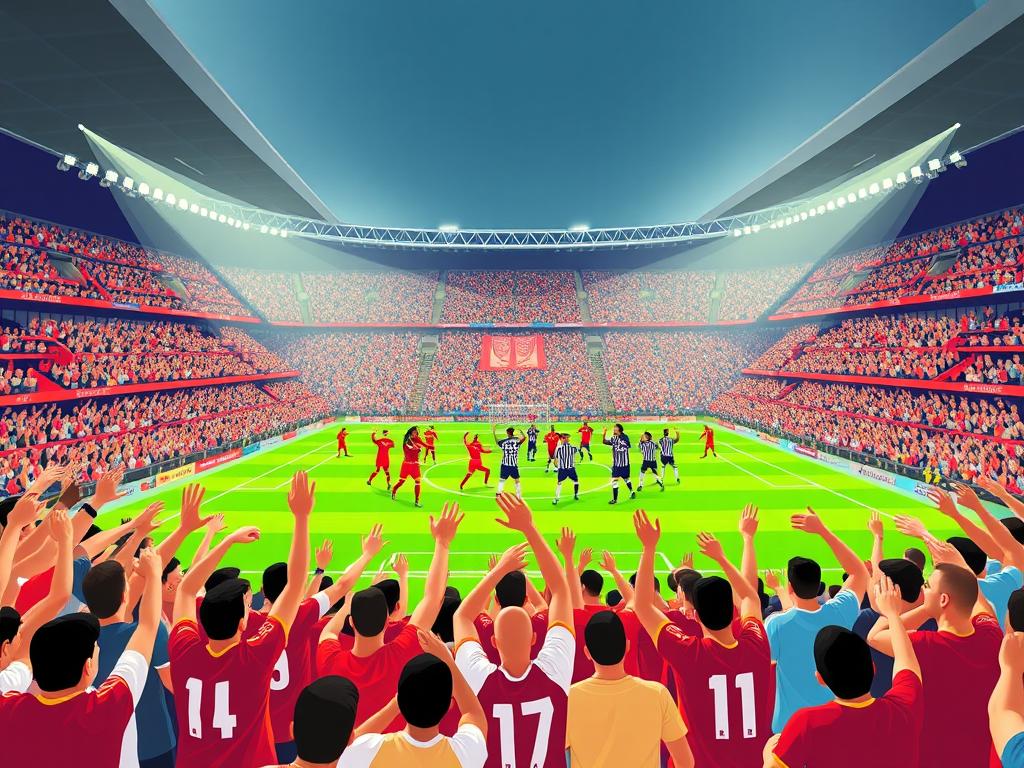North America’s love for soccer is growing fast, and Major League Soccer is leading the charge. Starting with just 10 clubs in 1996, the league now boasts 28 teams, with stadiums filling up like never before. In 2022, average match attendance even topped Italy’s Serie A and France’s Ligue 1—proof that fans are embracing the game.
But how does MLS stack up against Europe’s historic giants? While leagues like the Premier League dominate globally, MLS is carving its own path. With stars like Lionel Messi joining Inter Miami and clubs like Atlanta United drawing over 50,000 fans per game, the potential is undeniable.
Can the gap between these leagues shrink? We’ll break down the key differences—from structure to culture—and explore whether MLS can truly compete on the world stage.
1. Foundations and League Structures: A Tale of Two Systems
Two different worlds exist in football—one built on tradition, the other on controlled growth. While European leagues thrive on century-old rivalries, Major League Soccer’s approach prioritizes long-term stability. The difference starts with their very DNA.
MLS’s Franchise Model vs. Europe’s Club Autonomy
Imagine a league where every team is part of one big family. That’s MLS’s single-entity system, where the league owns player contracts and teams operate as franchises. Compare this to Manchester City, a global empire under City Football Group with academies on three continents.
Money tells the story best. The average MLS team is worth $579 million—a fraction of Manchester United’s $6 billion valuation. Payrolls? MLS caps hover around $10–20 million, while Premier clubs regularly spend $200 million+ on wages.
The Promotion/Relegation Debate: Stability vs. Meritocracy
In Europe, relegation battles inject drama into every season. Burnley’s 2022 drop to the Championship cost them $100+ million in revenue. MLS avoids this risk entirely, using expansion fees (like San Diego’s $500 million entry) to fund growth instead.
Playoffs add their own spice. The “March to MLS Cup” creates knockout tension, while Bayern Munich’s 120-year history fuels Bundesliga prestige. Different paths, same goal: unforgettable football.
2. MLS vs. European Soccer: On-Field Quality and Competition
When it comes to on-field action, the contrasts between leagues are as clear as the chalk on a referee’s board. The *quality* of play hinges on star power, tactical creativity, and raw athleticism—areas where the gaps are narrowing but still visible.
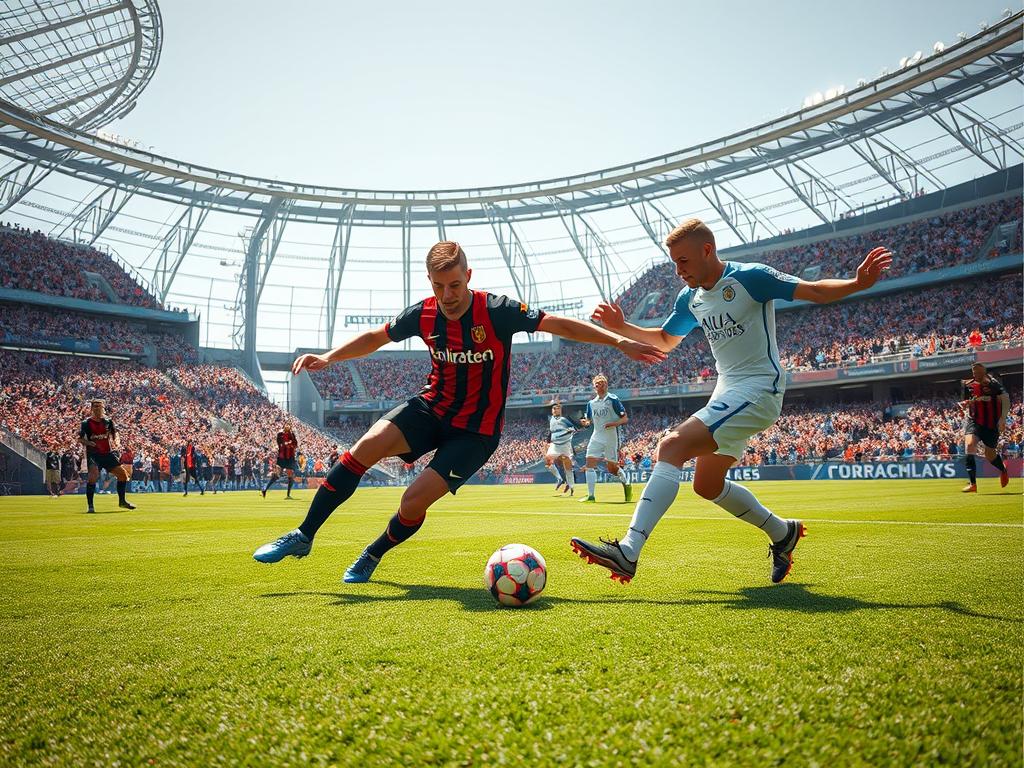
Prime Stars vs. Aging Legends
Christian Pulisic shines at AC Milan in his prime, while MLS often attracts icons like Zlatan Ibrahimović post-Europe. Luis Suárez’s 2024 move to Inter Miami at 36 fits this trend—*talent* still dazzles, but the *level* peaks earlier abroad.
Erling Haaland’s rejection of MLS for Manchester City speaks volumes. Young *players* like Alphonso Davies (Bayern Munich) or Gio Reyna (Dortmund) often choose Europe for top competition.
Tactical Battles and Tempo
La Liga’s patient buildup clashes with MLS’s fast breaks. The *Premier League* averages 2.8 goals per game; MLS hits 3.2—proof of riskier, end-to-end *play*.
Teams like Philadelphia Union innovate with high presses, blending European tactics with American hustle. Yet summer schedules clash with UEFA tournaments, limiting midseason *player* swaps.
3. Financial Playbooks: Salary Caps and Billion-Dollar Deals
Money talks in football, and the financial playbooks of top leagues reveal stark contrasts. While Major League Soccer enforces strict budgets, European leagues operate like financial juggernauts. The difference? One prioritizes parity; the other chases global dominance.
MLS’s Budget Controls vs. Europe’s Free-Spending Giants
Imagine a league where spending is reined in—that’s MLS’s world. Teams work under a $5.2M salary cap, with three “Designated Player” slots for stars like Messi. Compare this to Chelsea’s $400M spree on Moisés Caicedo in 2023.
Europe’s clubs face no such limits. Manchester City’s $887M revenue towers over LAFC’s $116M. Yet MLS’s rules prevent bankruptcy risks—something Juventus learned after Financial Fair Play penalties.
TV Revenue and Global Sponsorship Disparities
Broadcast rights tell the tale. The Premier League’s $12B TV deal (2022–25) eclipses MLS’s $2.5B Apple partnership. PSG’s $1.1B Qatar Airways sponsorship? MLS shares league-wide Adidas deals instead.
UEFA’s $2B Champions League prize pool widens the gap. But MLS has wins: Messi’s Inter Miami spiked 2024 merch sales by 300%. The world may favor Europe’s money, but America’s strategy is patience.
4. Youth Development: Academies and the Path to Pro
Building the next generation of talent is key, but not all academies operate the same way. Europe’s systems have decades of refinement, while North America’s are writing their own playbook. The results? A fascinating clash of tradition and innovation.

Europe’s Legacy vs. America’s Investment
Barcelona’s La Masia birthed legends like Andrés Iniesta. Its 40-year legacy contrasts with FC Dallas’s $80M state-of-the-art complex, which produced Weston McKennie. Both aim to mold stars—just differently.
MLS now pumps $60M yearly into youth programs. Yet, 70% of its starters are imports, while the Bundesliga fields 45% homegrown players. The gap is narrowing, but Europe still leads.
The American Talent Exodus
Why do young stars leave? Tyler Adams (RB Leipzig) and Paxten Aaronson (Eintracht Frankfurt) chased top-tier competition. MLS’s U-22 Initiative tries to keep talent like Cade Cowell stateside longer.
Caden Clark’s move to RB Leipzig at 18 highlights the allure of Europe’s academies. But with MLS Next Pro growing, the path to pro in the U.S. is clearer than ever.
- La Masia: 40+ years of grooming icons like Gavi.
- FC Dallas: $80M facility rivaling Europe’s best.
- MLS Next Pro: Bridging the gap for homegrown stars.
5. Fan Culture and Matchday Experiences
Matchdays aren’t just about goals—they’re about traditions, chants, and unforgettable energy. Whether it’s the Premier League’s global spectacle or MLS’s grassroots vibe, fans turn stadiums into living, breathing entities.
European Rituals Meet American Innovation
Anfield’s “You’ll Never Walk Alone” gives goosebumps. But so does LAFC’s 3252 supporter group, whose tifos rival Europe’s best. The difference? One’s steeped in history; the other writes its own rules.
Tailgates define MLS games—think grills and jerseys. In England, it’s pubs packed with scarves. Both celebrate their club, just with different flavors.
Numbers Don’t Lie, But Passion Defies Them
Borussia Dortmund’s Signal Iduna Park holds 81,365 fans. Seattle Sounders? Over 40,000. Yet St. Louis CITY SC’s 2023 debut proved expansion teams can pack houses too.
TV trends reveal gaps: 380 million watch the Premier League weekly. MLS’s Apple deal hits 1 million. But quality isn’t just screen-deep—it’s in the stands. Explore how soccer’s cultural impact reshapes communities.
- Nashville SC: Their guitar-shaped stadium strums a unique chord.
- Portland Timbers: Chainsaw-carved log slabs celebrate goals.
- Champions League: Anthems vs. Leagues Cup’s fresh energy.
6. Bridging the Gap: Can MLS Ever Catch Europe?
The future of soccer isn’t just in Europe—it’s being written stateside too. With 30 clubs targeted by 2026, MLS is betting big on growth. But the Saudi Pro League’s $1B spree poses a new challenge: will aging stars bypass America for Middle Eastern cash?
Infrastructure is soaring. World Cup stadiums will leave a legacy, yet talent pipelines need work. The Liga MX partnership and Leagues Cup show global ambition. Could promotion/relegation arrive by 2030? Doubtful—but parity remains MLS’s strength.
Hope shines in development. Academies are improving, and stars like Gio Reyna may return in their prime. The gap is narrowing, one kick at a time.

